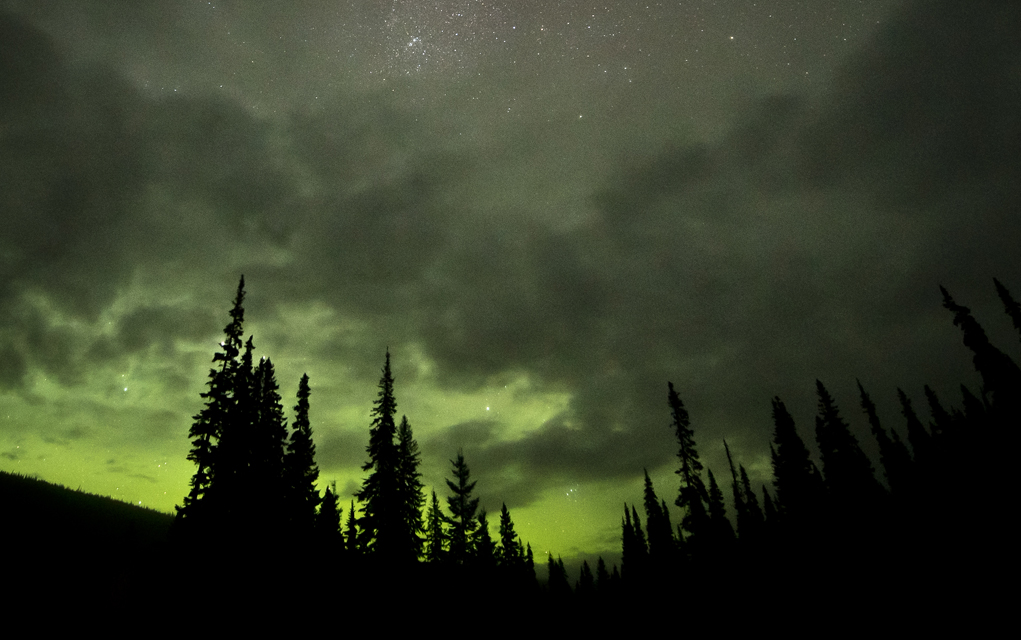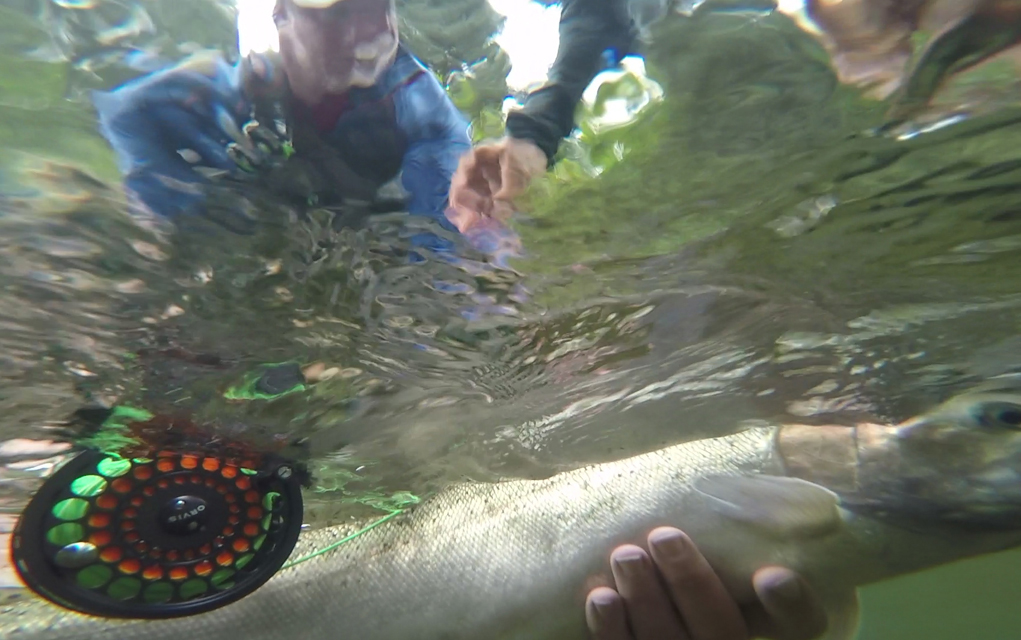
Not every movie is designed to entertain. Nor are they destined for the multiplex. Some films have a message so urgent there’s no time to wait for an audience to discover it.
For the hunters and anglers of Conservation Hawks, climate change is the message that trumps all others. It is the problem that unites people across oceans and cultures, one that threatens to destroy the environments in which they recreate, and there’s no time to waste in spreading the message.
“Climate change is really the only thing that impacts both hunters and anglers,” Conservation Hawks president Todd Tanner tells Boulder Weekly. “[It] will have a negative effect on sportsmen regardless of where they live.”
Tanner has been writing about fly fishing for 20 years. The sport is near and dear to his heart, but it is in serious danger due to warming water patterns from climate change. Tanner knows that to stop climate change he must first educate the people it will affect, which is what Conservation Hawks is all about.
The Montana-based nonprofit organization uses outdoor magazines, social media and short films to educate hunters and anglers on major threats to the environment. In 2013, Conservation Hawks made climate change a main focus for the year, but then it became clear that climate change was the root problem that could prevent future generations from ever knowing the joy of hunting and fishing.
For many, discussion of climate change can seem ubiquitous, even redundant, but that is not something Tanner found to be true with his target audience.
“We’ve found that sportsmen just haven’t focused on it that much,” Tanner says. “Our mandate as an organization is to spend time looking around and figuring out what’s the single biggest threat to hunters and anglers. And that’s sort of across the board. Regardless if someone is in Montana or Colorado or California or New York or Florida or Texas.”
The complication, however, is how best to represent and visualize a threat so existential. Writing for Forbes.com in 2013, Tanner suggested that a solitary polar bear standing on a rapidly melting iceberg was the worst possible symbol to represent climate change — how many Americans had ever seen a polar bear? How could they connect with something so distant and foreign?

Hence Tanner’s motivation to produce short films that would illustrate how climate change affects people on a much more personal level. Conservation Hawk’s first short was 2014’s “Cold Water.” The organization is back with a follow-up, “Chrome.”
“Chrome” follows six notable anglers — Tom Rosenbauer of Orvis, Dylan Tomine of Patagonia, Hanna Belford of Damdochax River Lodge, Kate Taylor of Frigate Travel, Boulder-native and professional photographer Tim Romano and Tanner — as they fish, or in some cases attempt to fish, for steelhead trout in British Columbia. “Chrome” observes the anglers in their element as they talk candidly to the camera about fishing, their love for it and how fishing has changed noticeably in the past few years.
“Chrome” is a brisk 11 minutes, and it doesn’t bludgeon viewers with statistics, slide shows or politically charged arguments about climate change. Instead, Chrome quietly observes an idyllic and poetic scene, one that will be lost if these anglers don’t take strides to change things.
Tanner feels the film’s quiet approach is necessary to disarm an audience that may become hostile toward him.
“The idea is to show people, first off, that [Conservation Hawks] have a tremendous amount in common with [anglers],” Tanner explains. If you want someone to listen, then who says it is just as important as what they say.
“It doesn’t matter if the message is spot on if it’s coming from a group the target demographic doesn’t identify with, then they’re not going to pay any attention to it,” Tanner continues. “So the first thing we’re trying to do is show people, yeah, we are sportsmen. We’re hunters and anglers. In this case we’re fishermen.”

He adds it’s important to talk in a language that most sportsmen understand.
“And that tends to be focused on protecting our landscapes and our waters and our outdoor heritage. And to pass on something decent to our kids and our grandkids.”
Though Tanner’s audience is focused, it is by no means small. According to Tanner’s previously mentioned Forbes article, there are 37 million sportsmen and women in the U.S. When “Cold Water” played at the 2015 Fly Fishing Film Tour, an estimated 60-70,000 attendees saw the short. The same will be true of “Chrome” when it plays this year’s festival.
“We don’t have an awful lot of time to get this right,” Tanner insists. “Evidenced by any number of things: the fact that we’ve had several years now, in a row, where we’ve broken the existing global temperature records. Everything from heat waves to droughts to this horrific fire up in Alberta right now — all of this stuff is related to climate change.”
Outdoors writer and humorist Patrick F. McManus once claimed that, “The two best times to go fishing are when it’s raining and when it ain’t.” But, rain or not, there won’t be much fishing to be had if anglers don’t start doing something about climate change.
“We’re just trying to get the word out. We’re trying to create activism,” Tanner says. “But, more importantly than anything else, we just want to get sportsmen focused on a huge threat to the things they care about.”














